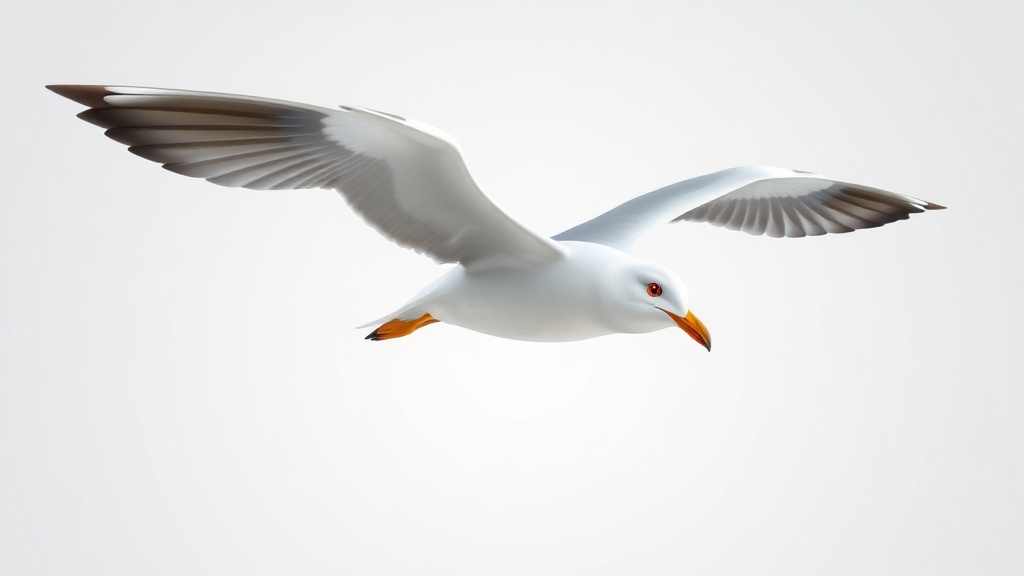Home / Environment / Rare Seabirds Blown Ashore by Powerful Autumn Storms
Rare Seabirds Blown Ashore by Powerful Autumn Storms
16 Oct
Summary
- Warm, dry year followed by late summer weather
- Strong westerly gales drove pelagic seabirds closer to land
- Sabine's gulls and phalaropes spotted inland in Somerset

In 2025, the warm, dry weather that had become the norm in recent years in Somerset continued into the autumn. This usually benefits migrating birds, as they can travel south without the risk of sudden storms disrupting their journeys. However, the weather took an unexpected turn in late August and early September, with strong westerly gales battering the region.
These powerful winds had a significant impact on pelagic seabirds—those that typically spend the autumn and winter months far out at sea. Several of these species found themselves venturing unexpectedly close to land, seeking refuge from the stormy conditions. One lucky birder on the Somerset coast spotted a smart juvenile Sabine's gull, a bird on its first journey south from its breeding grounds in Greenland. Earlier, the tail-end of Hurricane Erin had brought flocks of this Arctic species to the coasts of Ireland, Wales, and southwest England, with as many as 1,700 individuals reported.
The Sabine's gulls remained offshore, but other migrant birds temporarily sought shelter inland. Two species of phalarope—the grey and the scarcer red-necked—took refuge at a Somerset reservoir, delighting local birders who rarely have the chance to see these tiny, swimming waders. After resting and fattening up for about a week, the phalaropes departed on a calm, clear night, none the worse for their brief diversion from their usual migration routes.




